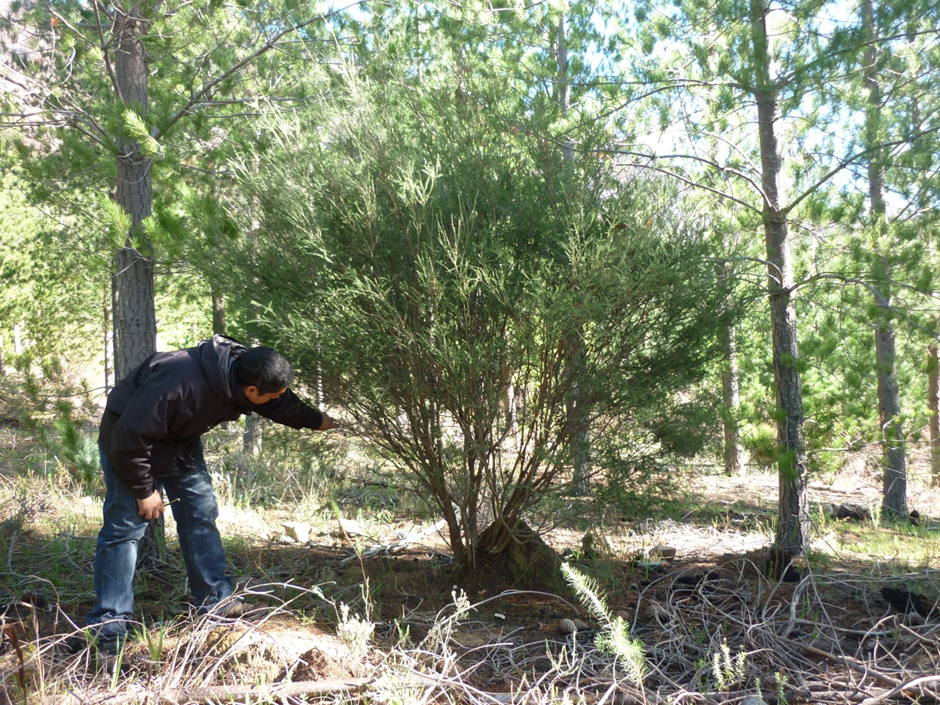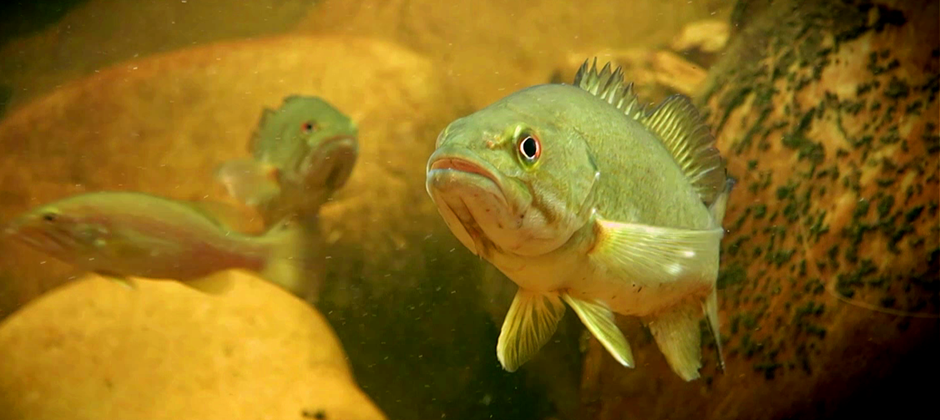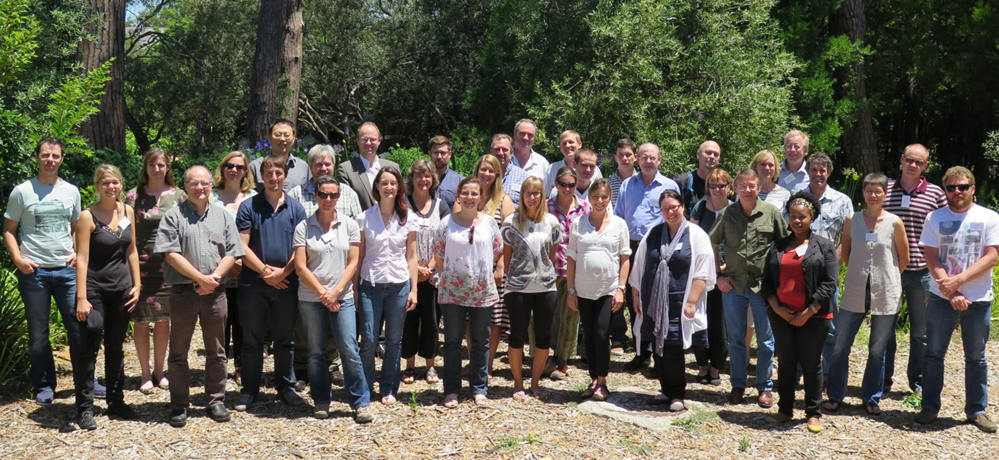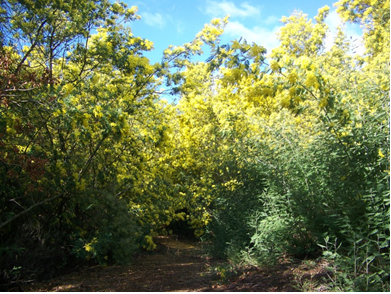Science and management meet to evaluate and attempt eradication of the invasive Melaleuca parvistaminea
Research on rough-barked Honey Myrtle (Melaleuca parvistaminea) in South Africa began in 2009 when the newly formed SANBI’s Invasive Species Programme attempt to identify potentially invasive alien plant species as targets for eradication.




